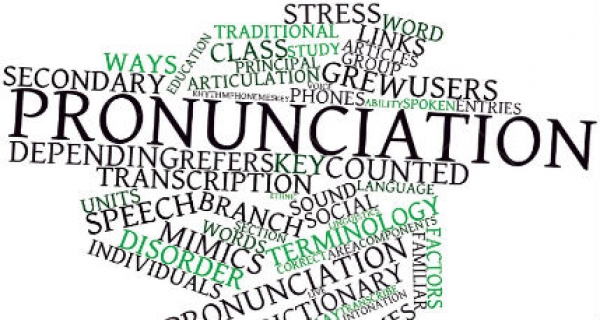The problem is that general English (ESL) teachers are not trained in teaching pronunciation (it is not covered on most CELTA or TEFL teacher training courses), which is a shame as the topic is challenging and rewarding for teacher and student alike.
Here I have prepared some tips for ESL teachers to incorporate pronunciation into the classroom.
1. Drill, drill, drill.
Students love being drilled – it is fun, energetic and really useful. There are three basic drills:
- Group: everyone repeats together.
- Individual / Scatter: teacher randomly chooses people to repeat.
- Individual / Order: teacher goes round the group in one direction (EG left to right)
Note that students often feel that they are not drilled enough, whilst teachers often feel they are drilling too much . So drill, drill, drill – students love it more than you realise. Also note that it is absolutely essential that the group repeat together and that all the group do it – otherwise the drill will fall apart.
2. The Big 3s for Consonants, Vowels, Stress & Intonation
The four key topics in pronunciation (consonants, vowels, stress, intonation) can be taught through a simple three fork approach as follows:
- CONSONANT SOUNDS – Place, Type, Voicing (a bi-labial, voiceless, plosive is /p/).
- VOWEL SOUNDS – Jaw, Lips, Tongue (an open, spread, front vowel is /æ/)
- STRESS – pitch, volume, length (a stressed syllable is higher, louder and longer)
- INTONATION – fall, fall-rise, rise
From a teaching perspective these explanations are invaluable as they give a nice simple structure to a topic that can be very confusing.
3. IPA is your friend
Most students find IPA a wonderful tool for improving their pronunciation and most can learn it very quickly provided it is presented logically. If the teacher starts with the whole chart it can seem overwhelming, so a nice way to order it is as follows:
- VOWELS – Schwa – Long Vowels – Short Vowels – Diphthong Vowels
- CONSONANTS – Fricative Consonants – Plosive Consonants – Approximant Consonants – Nasal Consonants
Once students know the IPA system, you can have endless fun with games, crosswords and transcriptions which are challenging, interesting and highly rewarding classroom activities.
4. Learn your stuff
There is no getting away from the fact that English pronunciation is a huge topic, so in order to teach it well and to be able to answer questions that arise in class, it really pays to know the topic well. An excellent book that makes the whole topic very accessible and enjoyable is Roach’s ‘English Phonetics & Phonology’. A more advanced read would be Gimson’s ‘Pronunciation of English’.
5. Think (and teach) in connected speech
A lot of teachers when they first start teaching pronunciation, start to think in separate syllables, explaining that the word ‘about’ would be pronounced ‘æ’ then ‘baʊt’ therefore ignoring the weak form /ə/ at the beginning. This is not helpful for students who need to speak and hear the language in connected speech. Teach joining and weak/strong structures so that students start to experience English as a native speaker does. The best place to start is always with the schwa /ə/ sound within words and sentences.
These then, are the basics – any English teacher with teaching levels from pre-intermediate upwards can add a bit of pronunciation to spice up their classes and give students something they really want.
Joseph Hudson







